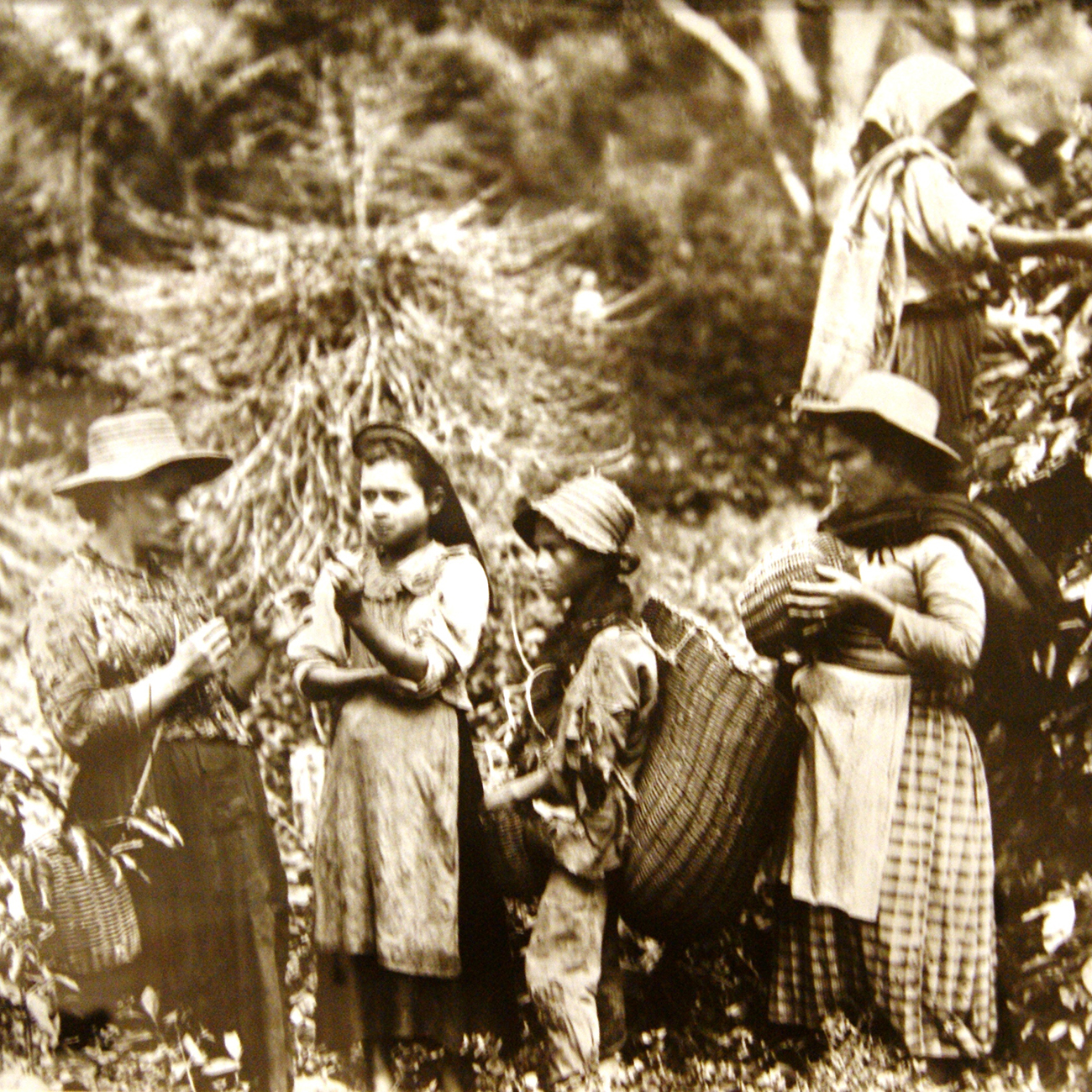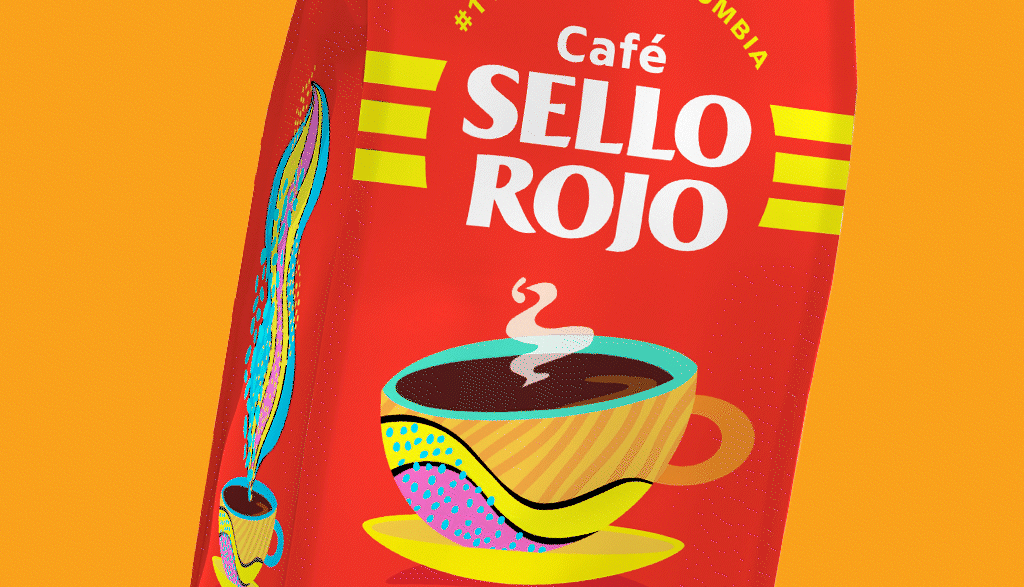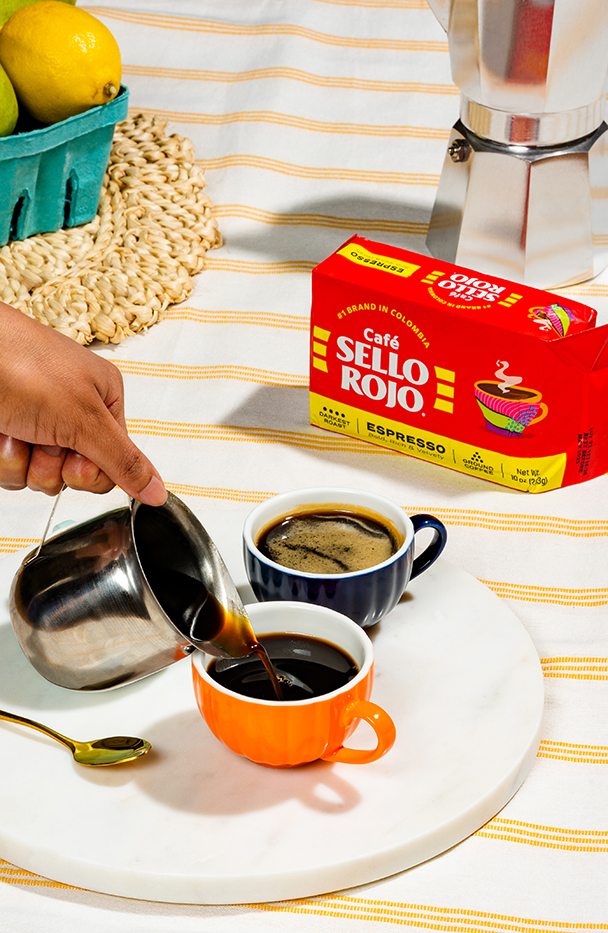
History
Latin America’s Deep Coffee Roots
History
Diving Deeper into the region’s rich history
Latin America is known to produce some of the best, most flavorful and prolific genuine coffee in the world. The reason why is due to the region’s historic coffee heritage, which has led it to deep cultural coffee traditions, robust agricultural industries, and exceptional ground and whole bean coffee.
The coffee plant was first brought to what is now Latin America in the early 1700s by European colonists, merchants and profiteers who hoped to industrialize the plant’s cultivation in the new world. It is thought that French Naval Officer Gabriel de Clieu, who later became the Governor of Guadeloupe, first brought the plant to Martinique in 1723, launching the evolution of what would become one of the world’s most in-demand crops.
Traditional coffee in Latin America is defined by far more than its colonial roots. As coffee spread throughout the Caribbean, Central and South America, it took on local cultural meanings. It became a symbol of small, independent farmers in some places, and larger plantations in others. Today, three of the top five coffee producing countries in the world are in Latin America: Brazil at #1, Colombia at #2, and Honduras at #5. Coffee cultivation isn’t just a cultural icon, it is representative of the rich, complex history of the region. Coffee is more than just a drink, it is iconic and a quintessential look into daily life in the region. Sello Rojo is proud to grow and sell 100% Latin American Coffee, and share our favorite way to fuel the day with the world.


